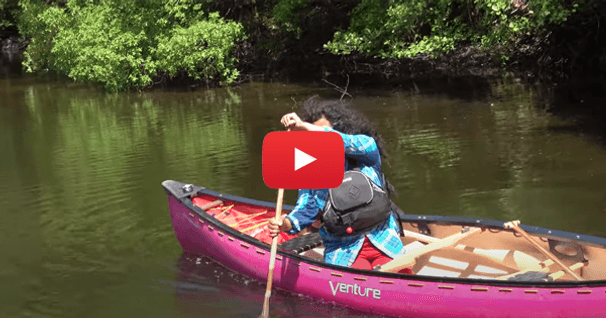Reading the River: How to Spot Those Pesky Rocks
I was a kayaker before I was a canoeist, and when I was first dragged out on rivers, I couldn't understand why people were missing rocks and I was constantly hitting those pesky ones just below the surface. I didn't know how to spot them. This video is going to cover how to spot rocks that are either just below the surface or only show a small amount above.
The big rocks are obvious. It's just a case of threading your way between them, but it's the smaller ones just below or just on the surface that cause the problem. A patch of slow water is an indicator that there's an obstruction upstream of it. Sometimes - not always - you get this curious little curling wave just at the crest of the rock.
Telltale Signs that there is a Rock
First, there is a small wave which gets your attention. Then behind the wave is an area of much slower water. That's a really good indicator there's an obstruction. Finally, the eddy that's created or the slow water created creates an upstream pointing V.
Do waves indicate rocks? Well, not at all. It really depends on whether the water is slowing. If the water is slowing, there is an obstruction, generally a rock or a ledge. If it's just bouncy waves, and the water doesn't slow, this is a wave train. And as long as it's not too big, it's just good fun.
We can even use these micro eddies behind the rocks to maneuver across the river. This saves a lot of energy and is quite elegant in itself.
Subscribe to Ray Goodwin on Youtube for more canoeing videos! You can also show your support by buying Ray a coffee.
Related Articles
We're gonna have a look at two strokes that can be used in a variety of ways that are essential for the…
When paddling a canoe, a solo paddler or a stern paddler is very often having to do some form of…
Let's say you are planning to canoe a river in northern Canada or Alaska. A trip guide, which you got…
River Bends Whenever possible, stay on the inside of bends. Rivers run fastest and deepest at the…



